|
Here are all the paintings of Raimundo de Madrazo Y Garreta 01
| ID |
Painting |
Oil Pantings, Sorted from A to Z |
Painting Description |
| 28790 |
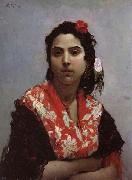 |
A Gypsy |
mk61
Oil on canvas
65x49cm
|
| 97290 |
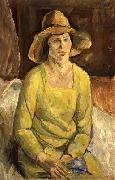 |
Florentika |
1930(1930)
Medium oil on canvas
Dimensions 96.7 X 63.4 cm
cyf |
| 97287 |
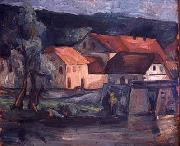 |
Kostanjevica |
1930(1930)
Medium oil on canvas
Dimensions 54.6 X 65.8 cm
cyf |
| 11863 |
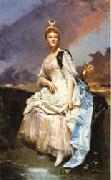 |
Marquise d' Hervey Saint-Denys |
1888
4' 4 3/4'' x 2' 8 3/4''(134 x 83 cm)Bequest of Mrs.d'Adelsward-Pourtales,1934 |
| 97288 |
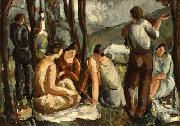 |
Piknik |
circa 1931(1931)
Medium oil on canvas
Dimensions 44 X 62.8 cm
cyf |
| 28791 |
 |
The Model Aline Masson with a White Mantilla |
mk61
Oil on canvas
65x52cm
|
| 97291 |
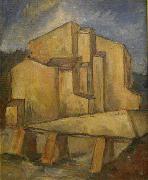 |
Toskanski motiv I |
circa 1930(1930)
Medium oil on canvas
Dimensions 56.3 X 46.1 cm
cyf |
| 97292 |
 |
Toskanski motiv III |
circa 1930(1930)
Medium oil on canvas
Dimensions 48.7 X 60.9 cm
cyf |
| 71890 |
 |
Versailles, le jardin du Roi |
1914-1920
Oil on canvas
17 x 30 cm
|
|
|
| Raimundo de Madrazo Y Garreta
|
| Spanish realist Painter , 1841-1920
Son of Federico de Madrazo y K?ntz. Because of his ability and training with his father, Federico, in the Real Academia de S Fernando in Madrid and with L?on Cogniet in Paris, he seemed destined to continue the family tradition of academic painting. However, due to the influence of the Belgian Alfred Stevens, of his brother-in-law, Mariano Jos? Bernardo Fortuny y Marsal, and the Parisian environment, he exchanged dry historical painting (e.g. Arrival in Spain of the Body of the Apostle St James, 1858, and Ataulfo, 1860) for the preciousness of the tableautin, the small, intimate genre painting. He lived in Paris and New York and became so remote from Spanish artistic life that he and Fortuny y Marsal were the only Spanish artists not to participate in any national exhibition, and because of this the Spanish state never directly acquired their works. In 1882, with Giuseppe De Nittis, Stevens and the gallery owner Georges Petit, he co-founded the Exposition Internationale de Peinture, designed to promote foreign artists in Paris. Madrazo Garreta's most characteristic works are the female portrait and the witty and elegant genre painting, with soft, delicate tones and suggestive poses. The influence of the Rococo and of Japanese art is reflected in his painting, which expresses an exquisite aristocratic or bourgeois ideal, the illusion of a refined, sensual and superficial life. Consequently,
|
|

